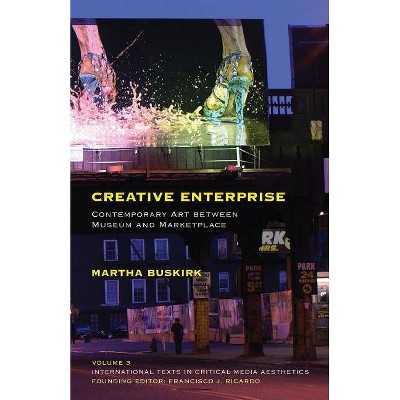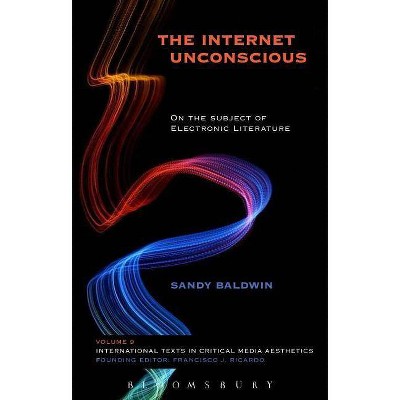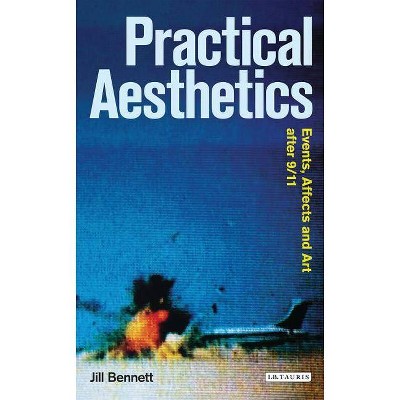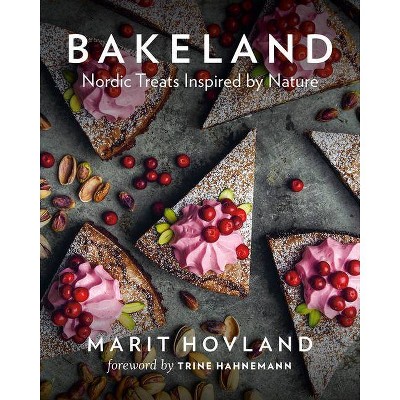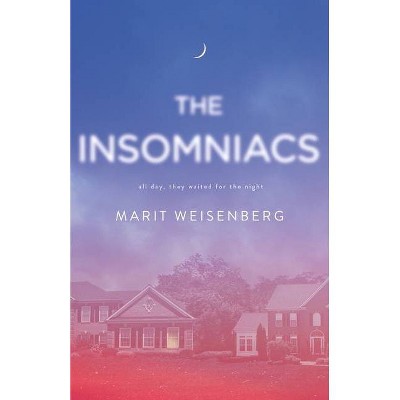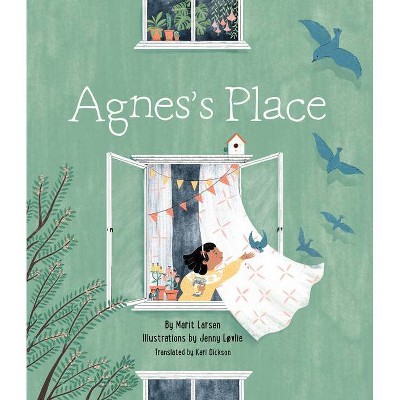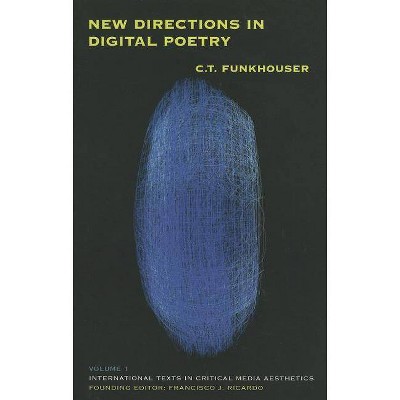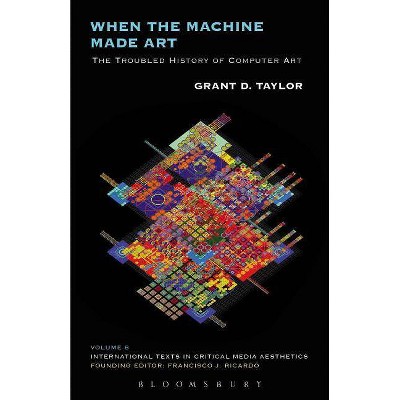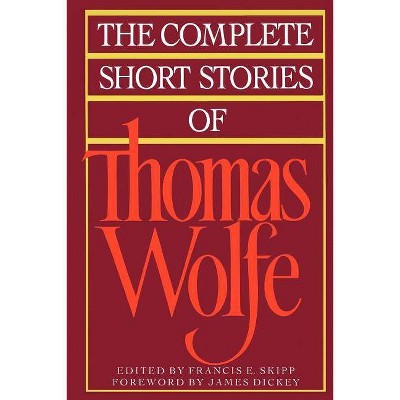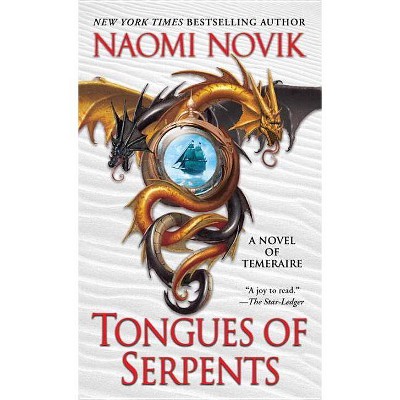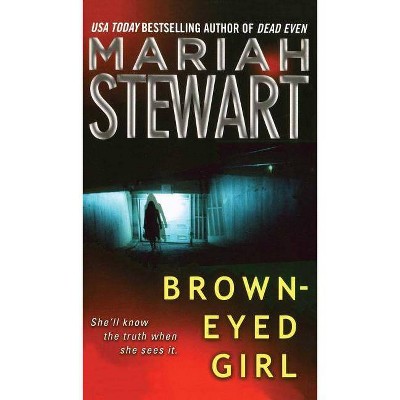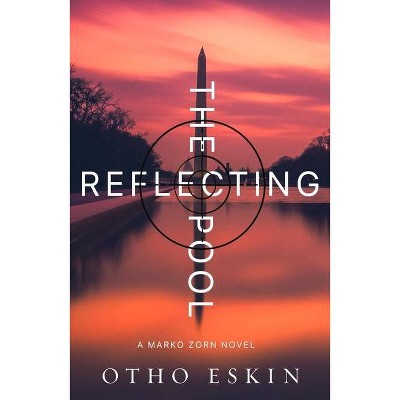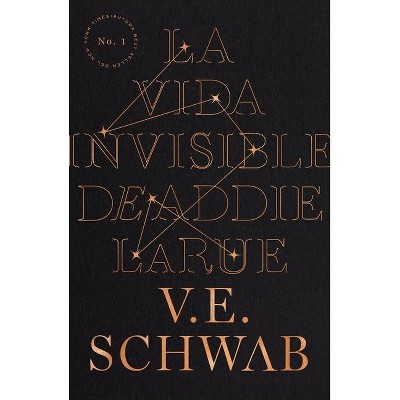Baudelaire's Media Aesthetics - by Marit Grøtta (Paperback)
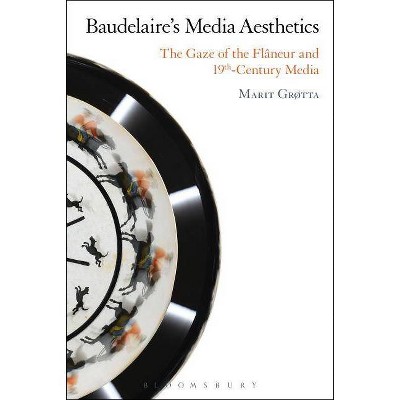
Similar Products
Products of same category from the store
AllProduct info
<p/><br></br><p><b> Book Synopsis </b></p></br></br><i>Baudelaire's Media Aesthetics </i>situates Charles Baudelaire in the midst of 19th-century media culture. It offers a thorough study of the role of newspapers, photography, and precinematic devices in Baudelaire's writings, while also discussing the cultural history of these media generally. The book reveals that Baudelaire was not merely inspired by the new media, but that he played with them, using them as frames of perception and ways of experiencing the world. His writings demonstrate how different media respond to one another and how the conventions of one medium can be paraphrased in another medium. Accordingly, <i>Baudelaire's Media Aesthetics </i>argues that Baudelaire should be seen merely as an advocate of "pure poetry, +? but as a poet in a media saturated environment. It shows that mediation, montage, and movement are features that are central to Baudelaire's aesthetics and that his modernist aesthetics can be conceived of, to a large degree, as a media aesthetics.<br/><br/>Highlighting Baudelaire's interaction with the media of his age, <i>Baudelaire's Media Aesthetics </i>discusses the ways in which we respond to new media technology, drawing on perspectives from Walter Benjamin and Giorgio Agamben. Combining detailed research with contemporary theory, the book opens up new perspectives on Baudelaire's writings, the figure of the <i>flâneur</i>, and modernist aesthetics.<p/><br></br><p><b> Review Quotes </b></p></br></br><br><p>Grøtta is as comfortable dissecting four lines of a Baudelaire prose poem as she is discerning broad shifts in critical approaches to media. ... The book offers unfailingly interesting micro-histories of the various dispositives under scrutiny, and the debate that emerges is always inclusive and informed. ... [T]he contention that Baudelaire's writings often paraphrased the conventions of new media is defended with an agility and intellectual vigor that prove, in the end, difficult to resist. - <i>Times Literary Supplement</i> <p/>Although Baudelaire in 1859 famously denounced photography as sterile technology aiming to reproduce reality at the expense of artistic beauty, his writing was in fact framed, fashioned, and mediated through the new visual media of the period. In this rich multidisciplinary study, Grøtta argues that Baudelaire's poetic sensibility can be fully understood only in the context of the media-saturated environment in which it took shape ... Drawing on careful analysis of Baudelaire's prose poems and theories of writers as different as Marx, Freud, Benjamin, and Agamben, Grøtta skillfully brings to light Baudelaire's complex relationship with the rapidly developing text and image-based media of the 19th century ... <b>Summing Up: </b>Recommended. Lower-division undergraduates and above; general readers. - C. B. Kerr, Vassar College, <i>CHOICE</i> <p/>Grøtta offers a thorough examination of the poet's art as the aesthetics of Paris's<i> flâneur par excellence</i>. ... A time museum of sorts, this book can be conceived as a stroll through galleries devoted to the new media available in Baudelaire's society. The role of newspapers, photographs, precinematic devices, toys, and corporeality in Baudelaire's works is substantiated by remarkable analyses of his <i>Petits Poèmes en Prose</i>. Grøtta skilfully masters the delicate art of lively description. .... All in all, Marit Grøtta's monograph is a delightful and perfectly documented work that certainly deserves to be read by comparative literature scholars. As an original effort to bridge the gap between too often separated though arguably related disciplines, this book definitely offers new avenues through which to explore the link between literary analysis and visual (or other) mediation. ... [Readers] will surely appreciate the opportunity of going back in time offered by Grotta's remarkable scholarly work. - <i>Recherche littéraire/Literary Research</i> <p/>[Grøtta] has provided the context--prior and contemporary--to Baudelaire's writings in a large number of areas: fascinating glimpses of public amusements, optical toys, slang expressions, as well as explanations, market considerations, and interpretations. This wealth of information makes her arguments--clearly restated at chapter's end--easy to accept. ... What Grøtta does is essential to a deeper understanding of Baudelaire: despite Baudelaire's aversion to photography, she detects in it a cult of the image and a concept of identity that would only become widespread with the advent of the twentieth century and its use of identity cards. ... Grøtta traces Baudelaire's debts, and these debts are not to the usual authors and creditors, but to fields, devices, and practices that the poet explicitly disdained: the press, and its use of commonplaces; photography, and its appeal to the masses and their uncritical acceptance of its 'truth'; toys, and their vulgarity. - <i>Nineteenth-Century French Studies</i> <p/>This assured study looks at the wide aesthetic implications of Baudelaire's engagement with new and emerging media technologies. With chapters on newspapers, photographs, and pre-cinematic devices such as the kaleidoscope, Marit Grøtta's book challenges narrow Benjaminian-inflected readings of Baudelaire by offering fresh analyses of familiar prose poems that showcase Baudelaire's awareness of new ways of experiencing the world ... This book is suitable for readers both familiar with and new to Baudelaire. Grøtta's strength lies in the limpidity of her writing, which clearly condenses Baudelaire's aesthetic thought in relation to different media forms. -<i> French Studies</i> <p/>Grøtta's <i>Baudelaire's Media Aesthetics </i>is a highly topical, trans-disciplinary exploration of Baudelaire's writings in the wider context of the evolution of text- and image-based media, from newspapers to photography and pre-cinematic technologies, in nineteenth-century France. Innovatively bringing together literary and visual culture studies, and drawing on theorists such as Walter Benjamin and Giorgio Agamben, Grøtta's discussion sheds new light not only on Baudelaire's writings, but also on the figure of the flâneur, mediated viewing and mobile perception, among other topics in media and cultural studies. -<i> Kathrin Yacavone, Assistant Professor of French, University of Nottingham, UK</i> <p/>By reading Baudelaire's relation to various 19th century media, including newspapers, painting, photography, and optical toys such as kaleidoscopes, <i>Baudelaire's Media Aesthetics</i> offers a compelling alternative to Walter Benjamin's influential account of his poetry and aesthetics and advances our understanding of the emergence of a new media world out of its 19th century beginnings. - <i>Jonathan Culler, Class of 1916 Professor of English and Comparative Literature, Cornell University, USA</i> <p/>Marit Grøtta's book brings a renewed view to the prose poetry of Baudelaire by exploring his immersion in the new print and visual media environment of his time. Balancing a literary approach to prose poetry with a conceptualization of media as living environment and technical forms of mediation, <i>Baudelaire's Media Aesthetics</i> sheds new light on the modern "optical unconscious"and develops an original interpretive frame to read Walter Benjamin via Baudelaire, rather than the other way around. With astute links between the works of Marx, Freud, and Benjamin, Grøtta offers a fresh portrait of the <i>flâneur</i>, which she also enriches with her analyses of the divergent views on modern media by Giorgio Agamben and Bruno Latour. - <i>Catherine Nesci, Chair of Comparative Literature, University of California at Santa Barbara, USA, and author of Le Flâneur et les flâneuses (2007)</i></p><br><p/><br></br><p><b> About the Author </b></p></br></br><b>Marit Grøtta</b> is Associate Professor of Comparative Literature at the University of Oslo, Norway.
Price History
Price Archive shows prices from various stores, lets you see history and find the cheapest. There is no actual sale on the website. For all support, inquiry and suggestion messagescommunication@pricearchive.us
